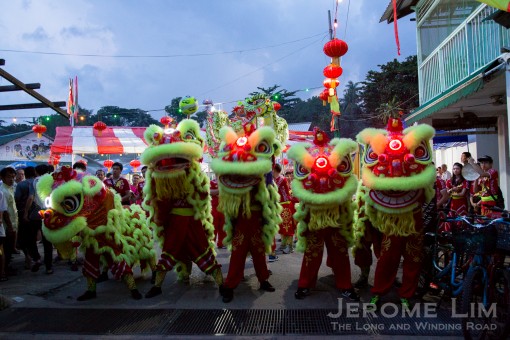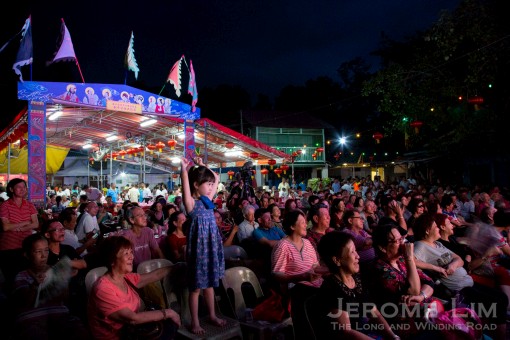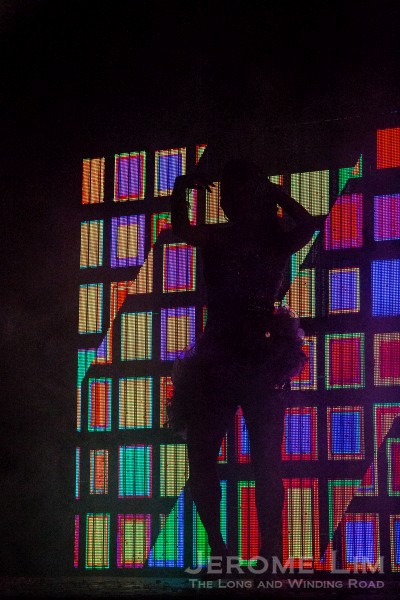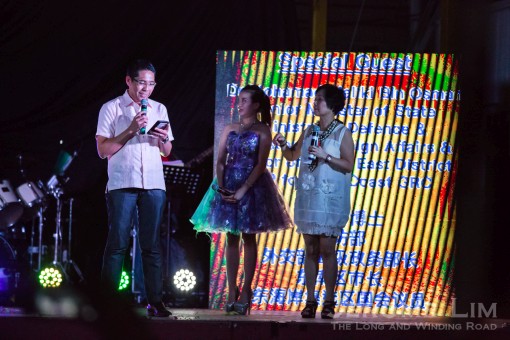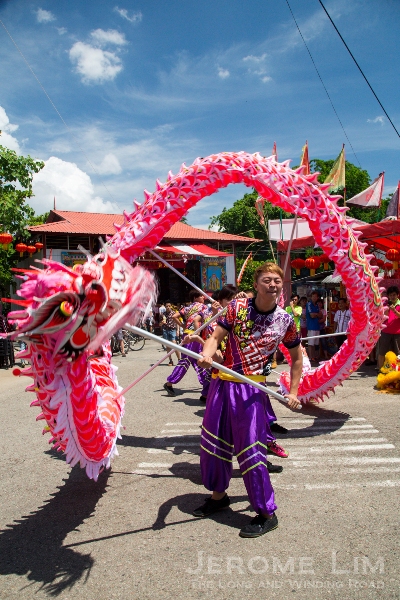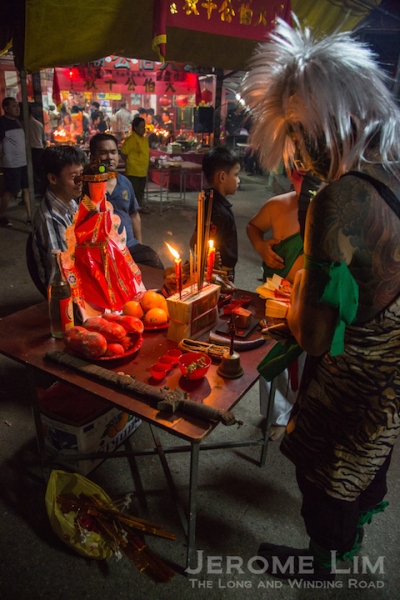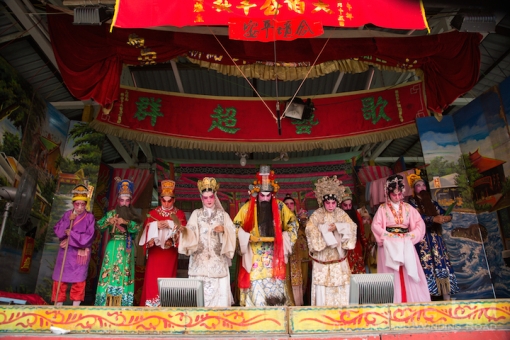Update, 3 December 2016:
The house featured, Teck Seng’s Place, will be open on the 2nd and 4th weekend of the month and public holidays, from 10.00am – 2.00pm from. The house is also one of the highlights in NParks’ Kampung Tour, which is held on every third Saturday of the month. The house together with the Ubin Fruit Orchard will also feature in NParks’ new Rustic Reflections Tour, which will commence next year on every third Saturday of the month. More information on the tours can be found at https://www.nparks.gov.sg/ubin.
It may well be on the island from which the early building blocks of modern Singapore was obtained that we will find the last reminders of a way of life the new world it built has rendered irrelevant. The island, Pulau Ubin or the granite island, is the last to support the remnants of a once ubiquitous village community, a feature not only of the island but also much of a rural Singapore we no longer see.

A window into a forgotten way of life.
While in all probability, the days for what’s left of the island’s village communities are numbered; there remains only a handful of villagers who now number in their tens rather than in the low thousands at its height and who hold stubbornly on to a way of life that will have little appeal to the generations that will follow; there at least in a well preserved village house, House 363B, that little reminder of a time and place that does now seem all too far away.

House 363B is typical of a Chinese village dwelling, with a zinc roof, and a cemented base supporting half cemented and half wooded walls. Outside it, rubber sheet rollers tell us of days when much of the rural landscape had been dominated by rubber trees. On the inside, there is a collection of once familiar household items. These include a food safe – complete with receptacles placed under its four legs to keep insects out (a necessity in homes in the pre-refrigerator era), classic furniture, foot-pedal sewing machines, dachings and other implements of that forgotten age. It is in the house where life as it might have been, sans life itself, is being showcased, providing the generations of the future with a glimpse of how we did once live.

The house is perhaps symbolic of what we in Singapore hope for Ubin, not just an ready made escape from the brave new world we have embraced just a short boat ride away, but in its wild, undisturbed, and unmanicured state, a world where we can relive a life we have discarded.

Ubin does of course offer potentially more than that. The authorities do seem to be committed to not only keeping it in its rustic state for our future generations, but are also taking efforts to regenerate and protect its natural environment. This along with the noises being heard on an interest to keep what is left of the island’s heritage, the efforts taken in developing environmentally friendly solutions in the provision of electrical power for the island, and the attempts to engage Singaporeans on what they would like to see of Ubin (see also Enhancing Pulau Ubin’s heritage and rustic charm), does give us hope that Ubin will not become another part of a forgotten Singapore that will be lost.





On the subject of Pulau Ubin, the Tua Pek Kong Temple on Pulau Ubin (Pulau Ubin Fo Shan Ting Da Bo Gong Temple or 乌敏岛佛山亭大伯公庙), hosts an annual festival in honour of the deity over 6 days this year from 12 to 17 May 2014. It is well worth a visit there to soak up an atmosphere of a traditional religious celebration in a setting that is only available on the island.
The highlights of the celebration, besides the religious ceremonies, include Teochew Opera performances on each of the first five evenings (12 to 16 May) at 7pm and one in the morning of the last day at 10 am, as well as a Getai performance on the last evening that does draw a huge crowd. Free boat rides to Ubin will also be offered during the festival evenings from 6.30 pm (to Ubin) and up to 10 pm (from Ubin). More information on this year’s festival can be found at this site.
More information on previous Getai and Teochew Opera performances on Pulau Ubin can be found at the following posts:
About house 363B, Teck Seng’s Place (information from NParks)
Overlooking the Sensory Trail ponds, House 363B has been refurbished and conserved as a model of a Chinese kampung house. Built in the 1970s, the house was owned by Mr Chew Teck Seng who used to operate a provision shop in the village centre known as ‘Teck Seng Provision Shop’. When Mr Chew’s family resettled to mainland Singapore mainland in 2005, the house was returned to the state.
Renamed ‘Teck Seng’s Place’, the house offers visitors a nostalgic trip back in time to life on Pulau Ubin during the 1970s. The interpretive signs and memorabilia, like retro furniture and old photographs, centre around the fictional narrative of the Tan family, highlighting key milestones such as the grandfather’s first voyage to Pulau Ubin from China, the family’s struggles to eke out a sustainable living, as well as the growth of the family.
The house will be open on the 2nd and 4th weekend of the month and public holidays, from 10.00am – 2.00pm. Teck Seng’s Place is currently one of the highlights in NParks’ Kampung Tour, held on every third Saturday of the month. Ubin Fruit Orchard and Teck Seng’s Place will also be highlights in NParks’ new Rustic Reflections Tour, which will commence next year on every third Saturday of the month. Members of the public can visit NParks’ website (https://www.nparks.gov.sg/ubin) for updates and more information on how to register for these guided tours.

